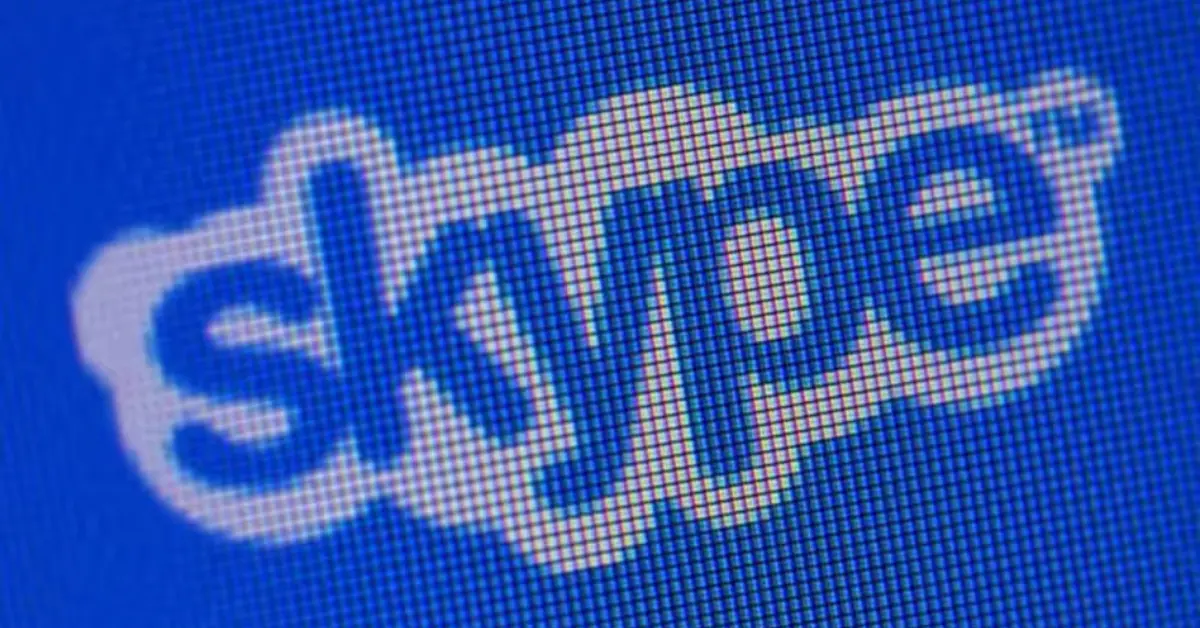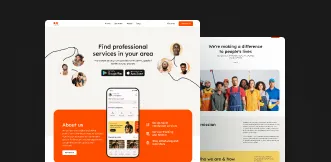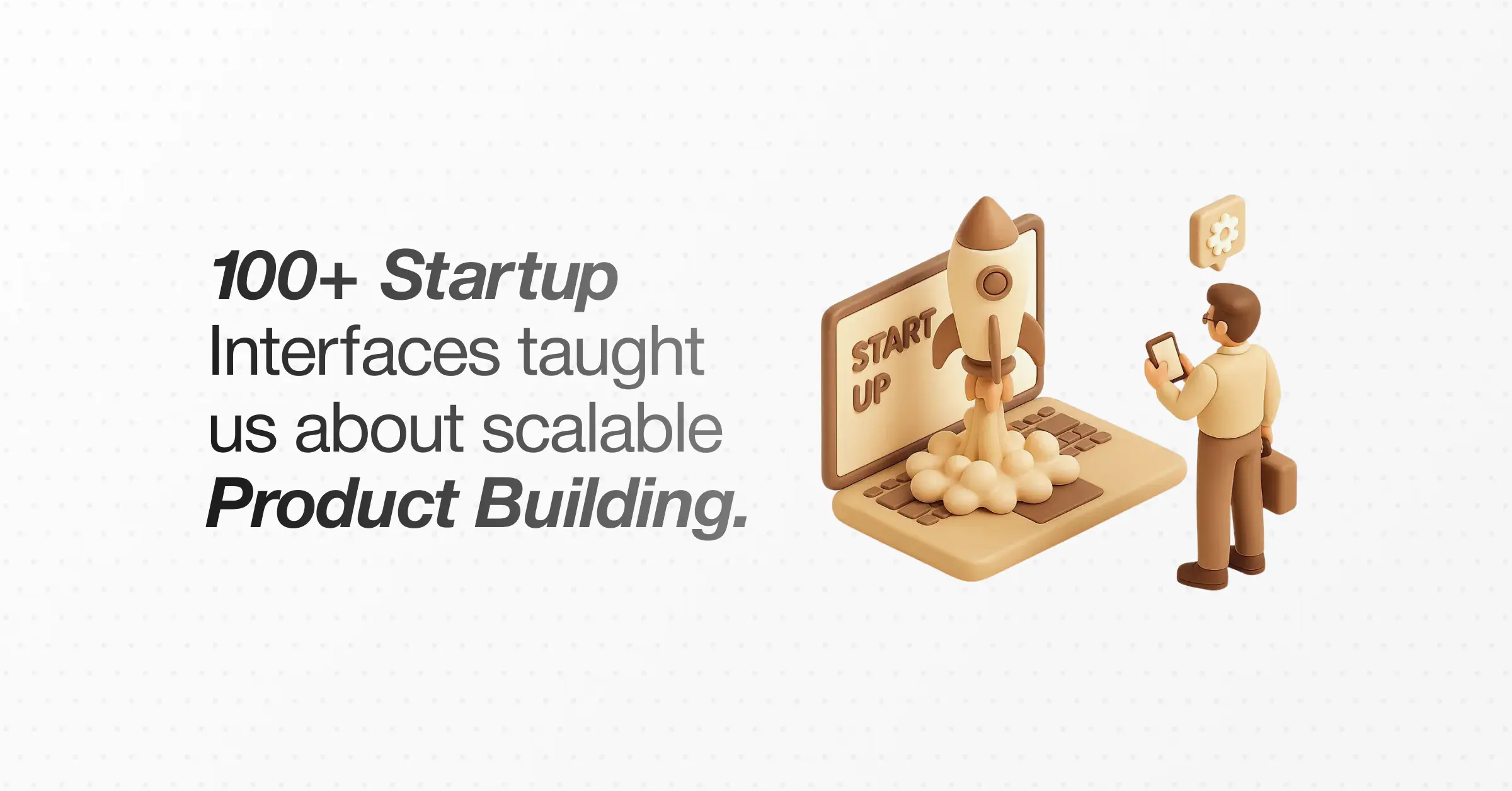Design
9 Bad Product Design Examples- What Startups Should Avoid
November 27, 2025
March 11, 2025

Do you know slow-loading websites or confusing layouts will drive visitors away?
Or What if mobile app users abandon your platform finding better-designed alternative exists?
These issues may cause product design failure that contribute to decreased customer retention and lower profits.
Being a renowned product design agency, we explored the market and detected 9 brands that went for unsuccessful for their bad product design.
At a glance, they are–
- Skype
- Microsoft Zune
- Facebook Home
- Mobile ESPN Phone
- Google Glass
- Vine
- Quibi
- Myspace
- Nike+ Fuel Band
Also, we discuss here their cause of design failure and how a startup can learn from their failure story.
Let’s Dive Deep!
Bad Product Design Example
1. Skype

After twenty years of connecting the world, Microsoft has announced that skype will officially cease operations on May 5, 2025, bringing an end to an era that once redefined communication.
Microsoft bought Skype in 2011 for $8.5 billion, outbidding Google and Facebook, and it was Microsoft's largest acquisition at the time.
What Makes Them Bad?
Moreover, Skype had around 150 million monthly users, but by 2020, the number of users fell to about 23 million, even though there was a brief increase during the pandemic.
Over the years, Microsoft could not effectively counter the competition from Apple’s FaceTime and Google’s various communication apps.
The situation became more complex when Microsoft launched its collaboration tool, Teams, in 2017, which quickly took precedence.
Lessons for Startups
Lesson 1: If a platform doesn’t evolve with technology trends, it will become obsolete. Startups must anticipate and pivot early.
Lesson 2: Never sacrifice ease of use. Consumers always gravitate toward platforms that are frictionless.
Lesson 3: Never assume brand loyalty is permanent. Consistently innovate and stay competitive.
2. Microsoft Zune
.webp)
In 2007, the first Zune was introduced with a distinctive feature that made it stand out from other MP3 players on the market.
It allowed users to connect two Zunes through a Wi-Fi network and transfer songs between the devices.
What Makes Them Bad?
The recording industry required Microsoft to limit that feature, allowing songs to be played only three times and expiring after three days.
This restriction made the feature essentially useless. Almost nobody bought a Zune, so there was nobody around to transfer songs with.
Lessons for Startups
Lesson 1: Microsoft could have avoided the Zune’s failure by prioritizing continuous user research and integrating feedback into product design, development, and marketing.
Lesson 2: Microsoft should have leveraged innovation and competitive research to create a unique value proposition for the Zune instead of mimicking the iPod.
3. Facebook Home
.webp)
Facebook Home was released by Facebook in April 2013 with a major announcement.
HTC also launched a new phone named HTC First, which included Facebook Home pre-installed.
What Makes Them Bad?
HTC had to cut the price of its phone to basically free. Not many users are downloading Home from Google's App Store. Those who do, don't like it.
Then Facebook Home's download numbers were also disappointing, with only 1 million downloads and a low popularity rating.
Moreover, The development team of Facebook Home, primarily iPhone users, lacked familiarity with Android systems and users, resulting in a significant and avoidable failure.
Lessons for Startups
Lesson 1: A product must be valuable on its own merit, not just because it’s cheap.
Lesson 2: Products should empower users, not restrict them.
Lesson 3: Fix the experience before focusing on scale.
4. Mobile ESPN Phone
.webp)
Among the most prominent Mobile Virtual Network Operators was Mobile ESPN paid wholesale rates to use a wireless carrier's network to sell their own branded phones and services.
What Makes Them Bad?
BusinessWeek reported ESPN invested $150 million in Mobile ESPN, including $30 million on a Super Bowl ad where the project only reached 6% of its sales target.
On the other hand, the service stumbled out of the gate with phones and service plans that were too pricey.
In July, Merrill Lynch analyst Jessica Reif Cohen called on Disney to pull the plug, expressing skepticism that the service would draw many subscribers.
Lessons for Startups
Lesson 1: If a business model isn’t working, pivot strategically instead of persisting in failure to save resources and unlock new opportunities.
Lesson 2: A strong brand attracts interest, but sustainable growth requires product-market fit, making thorough demand testing essential before large-scale investments.
5. Google Glass
.webp)
Google Glass was first unveiled in 2013 and initially targeted a general audience, with the promise of providing access to a computer on their face instead of having to take out a phone.
What Makes Them Bad?
Google glasses were discontinued in 2015 after beta versions failed to gain traction due to its high price tag, clunky design, and concerns about privacy.
They ignored potential discomfort and unattractive design, failing to validate assumptions through market research.
In addition, they failed to provide meaningful benefits to early adopters, offering limited functions like quick photos and internet access with poor battery life.
Lessons for Startups
Lesson 1: Startups must balance excitement with clarity, ensuring their product solves a tangible problem or enhances daily life for immediate customer understanding.
Lesson 2: If you have the budget, investing in paid media can help control the narrative, educate consumers, and create a more targeted adoption strategy.
Lesson 3: Disruptive technology requires strategic marketing, clear positioning, and strong consumer education to match the ambition of the innovation itself.
6. Vine
.webp)
Vine was once a video hosting social media website that allowed users to create and share 6-second videos, similar to TikTok.
Acquiring Vine for $30 million pre-launch allowed Twitter to compete with Facebook and Google on video content.
But day-to-day, it tends to lose its popularity to similar services, especially Instagram, it couldn't sustain burning money and losing market share.
What Makes Them Bad?
Vine started as a microvlogging platform for short videos but became an entertainment platform with mostly passive viewers.
It relied on a few active content creators, but Vine failed to meet their needs by limiting video length and lacking monetization options.
In contrast, Instagram's 15-second video feature dealt a devastating blow, marking the beginning of the end for Vine.
In addition, parent company Twitter acquired Vine early to grow its own brand, not prioritizing Vine as a standalone product.
Thus, Twitter's own video feature later invalidated Vine's necessity.
Lessons for Startups
Lesson 1: Success isn’t about making a splash—it’s about staying relevant. Keeping users engaged requires consistent platform improvements and features that enhance their experience.
Lesson 2: Content creators bring the audience. If you don’t invest in them, competitors will, and they’ll take their followers with them.
Lesson 3: Startups should ensure their product’s future is secured before selling. A successful buyout means alignment on strategy, innovation, and user retention.
7. Quibi
.webp)
Quibi was a service like Netflix but designed for phones. For $5 with ads or $8 without, you could watch a variety of shows for tailored for mobile devices.
The service stood out for two reasons: you could watch content in both landscape and portrait mode, and the episodes were quick (5 to 15 minutes), making it ideal for watching while on the go.
What Makes Them Bad?
Quibi failed to understand and connect with its target audience in both features and marketing.
It didn't allow easy sharing of clips and screenshots, missing a key user need that prevented content from spreading virally and hindered organic growth.
Besides, Quibi skipped MVP and public beta testing, assuming unvalidated user interest in short drama series. This led to a costly, risky experiment without proper validation.
Lessons For Startups
Lesson 1: Users won’t subscribe just because a platform exists. A clear market position is critical to long-term success.
Lesson 2: A consistent content strategy matters more than a flashy launch. Platforms must invest in a long-term library that keeps audiences engaged beyond one big release.
Lesson 3: A great feature means nothing if it doesn’t align with consumer behavior.
Every successful digital platform understands the psychology of its users and integrates technology accordingly.
8. Myspace
.webp)
MySpace was first launched as a side project. It started as a spin-off of Friendster and quickly grew to become the most popular social networking site before Facebook made its mark.
It reached 1 million users in about one month after its official launch in 2004, and by 2005, it had 20 million registered users.
What Makes Them Bad?
Day-to-day people realise that MySpace had a poorly organized interface and faulty technology.
Despite a strong marketing strategy, MySpace lagged technically compared to other platforms.
Another wrong attempt, “Aggressive ad publishing” made MySpace's pages less attractive to users. Consequently, 50% of MySpace users left and discontinued use of the site in 2010.
On the other hand, MySpace faced public image issues due to associate with dubious figures.
Lessons for Startups
Lesson 1: No platform can afford to remain stagnant. If Myspace hopes to return, it must iterate constantly and evolve alongside user expectations.
Lesson 2: A platform must be built for its users, not just around nostalgic design. Social media thrives when it creates an experience people want to return to daily.
Lesson 3: Modern social platforms must prioritize mobile-first development, and Myspace needs to balance customization with seamless usability across all devices to stay relevant.
9. Nike+ Fuel Band
.webp)
Released to the public a year earlier in 2012, Nike+ Fuel Band was one of the first devices to introduce the concept of gamifying exercise, effectively motivating and engaging users in competitive challenges
What Makes Them Bad?
The Fuel Band provided users with data on calories burned and steps taken. In some aspects, doctors also suggested to have a nike+ fuel band.
But the device’s limited features did not help users understand the context of the data in relation to their broader health goals.
As fitness wearables advanced with more powerful sensors and robust data sources, the Fuel Band became obsolete.
Moreover, Rice acknowledged that Nike tried to put data in consumers' hands but failed to provide meaningful depth to that data.
Lessons for Startups
Lesson 1: Actionable health tracking drives engagement, and Nike’s FuelBand could have retained users by offering deeper insights instead of losing them to competitors.
Lesson 2: If your industry is evolving, your product should too. Even small but meaningful improvements can prolong a product’s life cycle and maintain user interest.
Lesson 3: One failed product doesn’t mean failure for the brand. Companies should always have backup strategies to pivot into new, profitable directions.
So, How to Bypass Bad Product Design?
Lack of clarity in design vision Image Needed
Poorly defined design goals hinder execution. In addition, Imbalance in aesthetics, performance, and cost leads to poor customer retention.
So, you have to–
- Strategically balance aesthetics, performance, and cost for long-term success.
- Communicate early and clearly with suppliers to align on production schedules.
- Define testing standards upfront to prevent rework and delays.
- Conduct IP research to avoid legal issues and secure patent opportunities.
Ignoring consumer preferences and behavior Image Needed
Failure to test the product personally leads to overlooked usability and aesthetic issues.
On the other hand, Misguided marketing strategies fail to communicate the product’s real benefits, leading to poor sales and negative feedback.
You should–
- Research target consumers’ spending habits and competitor pricing to set the right price point.
- Personally test the product to refine usability, design, and overall user experience.
- Conduct thorough consumer research to ensure design decisions align with actual customer needs.
Not adapting to industry trends fails Image Needed
Missing key product requirements causes compliance failures and lost sales opportunities.
It tends to track industry trends results in outdated products that consumers don’t want.
Maybe, slow time to market leaves startups behind competitors and risks product obsolescence.
You better–
- Research and comply with industry standards, certifications, and regulations before product design begins.
- Stay updated on emerging trends to ensure product features align with consumer expectations.
- Speed up product development by partnering with experienced contract manufacturers (CMs) to ensure efficiency without sacrificing quality
Inefficient workflows waste time Image Needed
Poor task assignment results in accountability gaps, making it harder to track progress and weaknesses.
This leverages disorganized workflows cause delays and backtracking, wasting time and resources.
You may –
- Detail and refine your workflow before starting to prevent design or manufacturing failures.
- Follow a structured process, avoiding premature tasks that could cause setbacks.
- Assign clear responsibilities to improve accountability and ensure smooth project execution.
Thorough product testing boosts success Image Needed
Lack of user feedback can result in launching an ineffective or poorly designed product.
Also, Skipping iterative testing can lead to overlooked usability issues and poor customer satisfaction.
Therefore, do–
- Use Poll the People to create usability, design, and satisfaction tests for your product.
- Launch tests with a statistically significant panel, including customers, beta testers, and experts.
- Analyze high-quality feedback, making necessary improvements before public release.
Let’s Design Your Products With Confidence
Innovation moves quickly, but a successful product isn’t just trendy.
As a Digital product design agency, We have been leading this industry for almost half a decade.
We served about 200+ Projects like Athlos 2019, GrabStar 2020, Dorik 2021, Turtle 2022, PrioPay 2024 and much more. And still newbies are at our doorstep to collaborate with us as 100+Startup Partner have already amazed at our product design service.
So, Why not consult with us as we have successful customer experiences and potential case studies on product design?
Let’s talk together. Let’s work together. Let’s fun together.
You have another options to chat over the phone. Grab it!!!
FAQ’s on Bad Product Design
How do you identify a badly designed product?
A badly designed product is identified by poor user experience, frequent errors, lack of intuitiveness, and failure to meet user needs.
What are the 3 F's of product design?
The 3 F's of product design are Functionality, Feasibility, and Feedback, which ensure the product works well, can be built, and meets user expectations.
What are examples of design flaws?
Examples of design flaws include poor usability, lack of intuitiveness, and failure to handle errors gracefully.
What is the difference between product design and digital product design?
Product design focuses on the overall design of physical products, while digital product design focuses on the design of digital interfaces and user experiences.
What protects your brand name and product design?
Trademarks protect your brand name, while design patents safeguard the unique visual appearance of your product.







